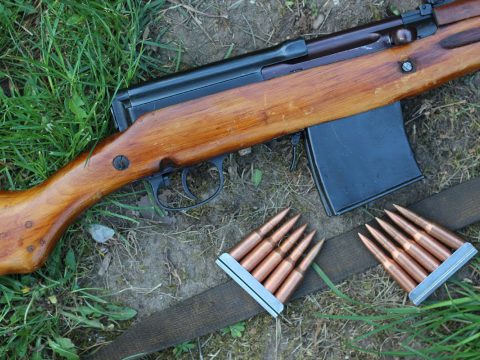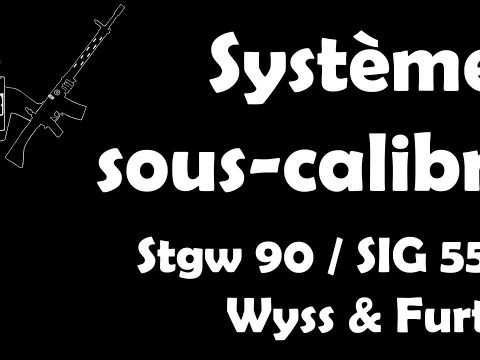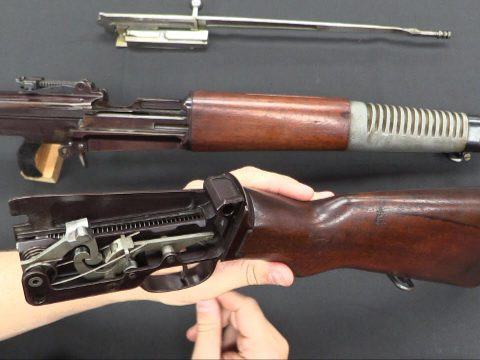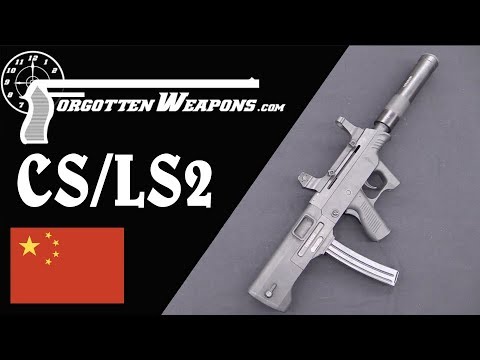http://www.patreon.com/ForgottenWeapons
Cool Forgotten Weapons merch! http://shop.bbtv.com/collections/forgotten-weapons
The US insistence on a full-power rifle cartridge for the NATO standard in the 1950s derailed a couple potentially very interesting concepts – including the 7.92x41mm CETME cartridge. This round was developed by Dr. Gunther Voss, formerly of Mauser, while working with other ex-Mauser employees like Ludwig Vorgrimler for the Spanish CETME concern. They were tasked with creating a rifle which could be fired effectively from the shoulder in fully automatic and also be capable of accurate fire out to 1000 meters.
This seemingly paradoxical concept was cracked by Voss, who designed a bullet which was both light weight to minimize recoil and also had an excellent ballistic coefficient for to retain velocity at long range and – most importantly – also had enough rotational inertia to remain stable at long range. He did this by making an aluminum bullet with a copper racket only around the center portion. The jacket’s primary role was to add mass at the maximum diameter of the bullet to provide more rotational inertia for the round.
This bullet and the rifle built around it (the CETME Modelo 2) did quite well in both Spanish and American testing, as were well on the way to full Spanish adoption when the NATO trials became known. Spain opted to use the new international standard cartridge, but the CETME rifle was not built to withstand the much greater recoil of the 7.62x51mm NATO cartridge. Ultimately the rifle res redesigned for handle the NATO cartridge, becoming the CETME Modelo C, but one interim solution was the development of a 7.62x51mm CETME cartridge which was dimensionally identical to the NATO round but used a much lighter 112gr bullet. This round has become the basis for a number of myths about both CETME rifles and the FR-7 and FR-8 bolt action conversions made around the same time.
Note: I recognize that my statement about the FR-7 being designed for 7.62 NATO ammunition will be controversial, but that is the best reading of historical fact I can come to. As with any surplus rifle, any FR-7 should be inspected by a qualified gunsmith before being fired.
You can order a copy of “Full Circle: A Treatise on Roller Locking” here: http://www.collectorgrade.com/bookshelf8.html
If you enjoy Forgotten Weapons, check out its sister channel, InRangeTV! http://www.youtube.com/InRangeTVShow
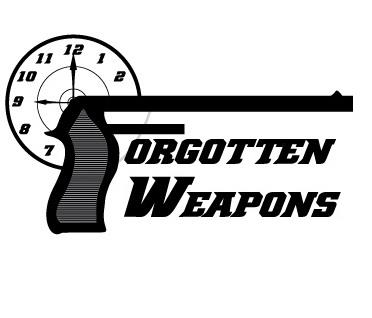
At Forgotten Weapons I think the most interesting guns out there are the most obscure ones. I try to search out experimental and prototype weapons and show you how they work, in addition to more conventional guns that you may not have heard of before. You’re much more likely to find a video on the Cei Rigotti or Webley-Fosbery here than an AR or Glock. So, do you want to learn about something new today? Then stick around!
